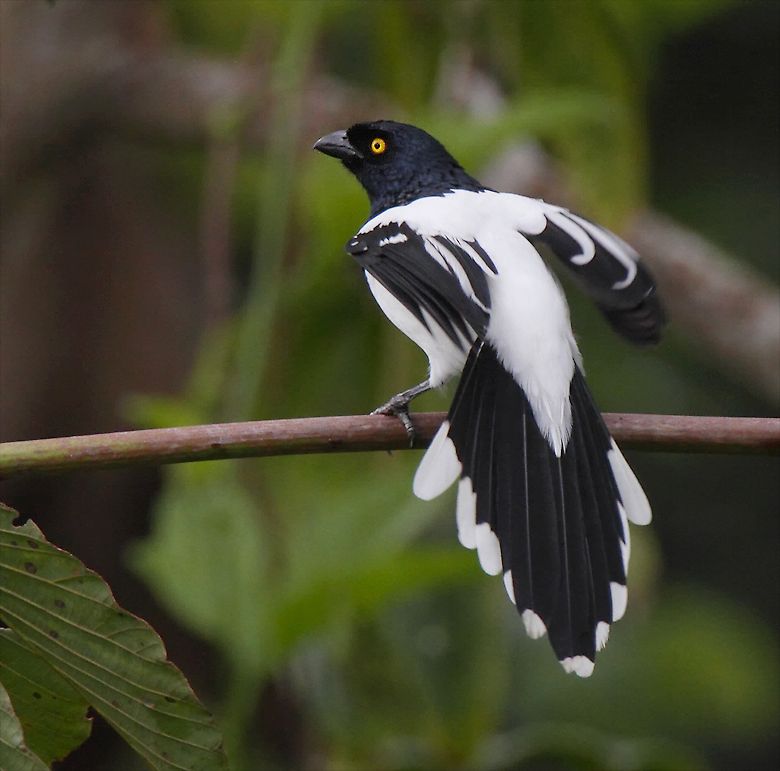The Magpie Tanager is a stunning bird that belongs to the Tanager family due to its vibrant colors and melodious songs. This monochromatic masterpiece is captivating to both bird enthusiasts and nature lovers due to its enchanting allure. In this article, we will be exploring the Magpie Tanager’s habitat, behavior, characteristics, and conservation status. Join us on this avian journey to discover the wonders of this magnificent bird.
Scientifically known as Cissopis leveriana, the Magpie Tanager is a medium-sized bird found in South America, particularly in countries such as Brazil, Argentina, and Paraguay. Its name is derived from its resemblance to the magpie due to its striking black and white feathers. It is part of the Tanager family, which consists of various colorful bird species.
The Magpie Tanager has a unique and eye-catching appearance. It measures approximately 20 centimeters in length and weighs around 40 grams. Its most distinguishing feature is its contrasting black and white plumage, with a glossy blue sheen on its wings. The male and female Magpie Tanagers have similar appearances, making them sexually monomorphic.
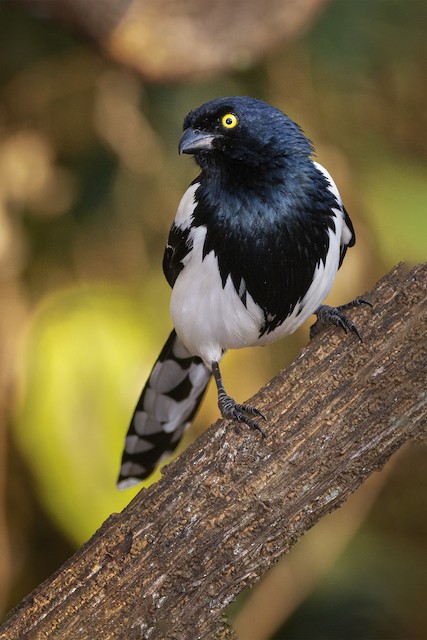
Magpie Tanagers are commonly found in the subtropical and tropical regions of South America, including forests, woodlands, and savannas. They prefer areas with dense vegetation mixed with open spaces. These birds have a diverse diet that includes fruits, insects, nectar, and small vertebrates. Magpie Tanagers play an essential role in seed dispersal, aiding in the regeneration of forests.
During breeding season, these birds form monogamous pairs, and the female builds a cup-shaped nest using twigs, grass, and other plant materials. The nest is usually constructed in a tree or shrub, providing protection and camouflage for the eggs. The female lays 2-3 eggs, which incubate for about 15-17 days. Both parents participate in feeding and caring for the chicks until they fledge.
Magpie Tanagers are known for their melodious songs and various vocalizations. The males produce a series of high-pitched whistling notes that are often heard during territorial disputes or courtship displays. Their calls range from soft chirps to loud, piercing calls that echo throughout the forest.
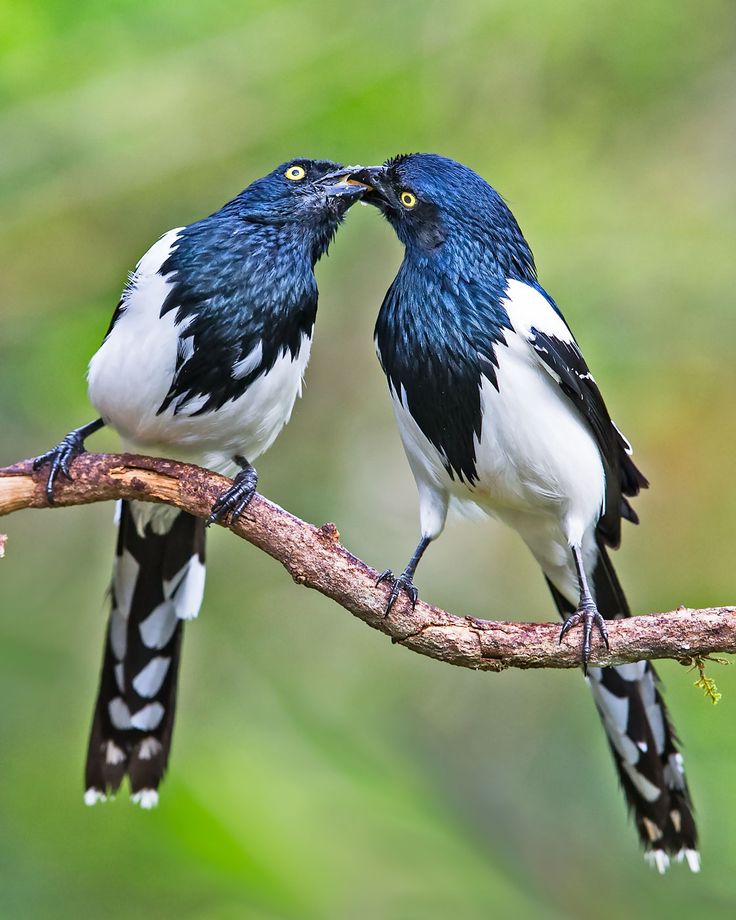
Magpie Tanagers are birds that spend most of their time in trees and are known for being active and agile. They often forage in small groups or mixed-species flocks, which create a vibrant display of colors in the forest. These birds also perform elaborate courtship displays to showcase their plumage and singing abilities. Unfortunately, like many bird species, Magpie Tanagers face threats in their natural habitats such as predation by snakes, birds of prey, and mammals. Habitat loss, deforestation, climate change, and disruptions in ecosystems also impact their survival. To protect Magpie Tanagers and their habitat, conservation organizations are working tirelessly to raise awareness and implement conservation measures. These efforts include establishing protected areas, reforestation initiatives, and research to better understand their ecological requirements. It is crucial to preserve the forests where these beautiful birds reside to ensure their long-term survival.
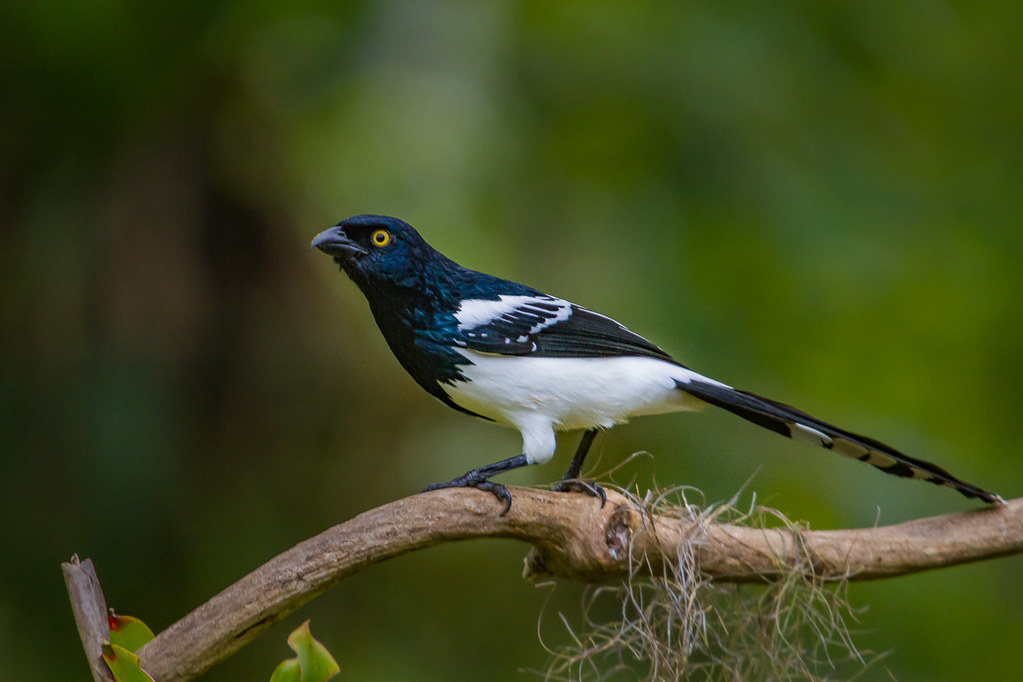
Magpie Tanagers play a crucial role in maintaining the balance of ecosystems. Their consumption of fruits and subsequent excretion of seeds in different locations facilitates seed dispersal, promoting forest regeneration and sustaining biodiversity. Furthermore, their presence enhances the aesthetic value of natural landscapes, attracting bird enthusiasts and ecotourism.
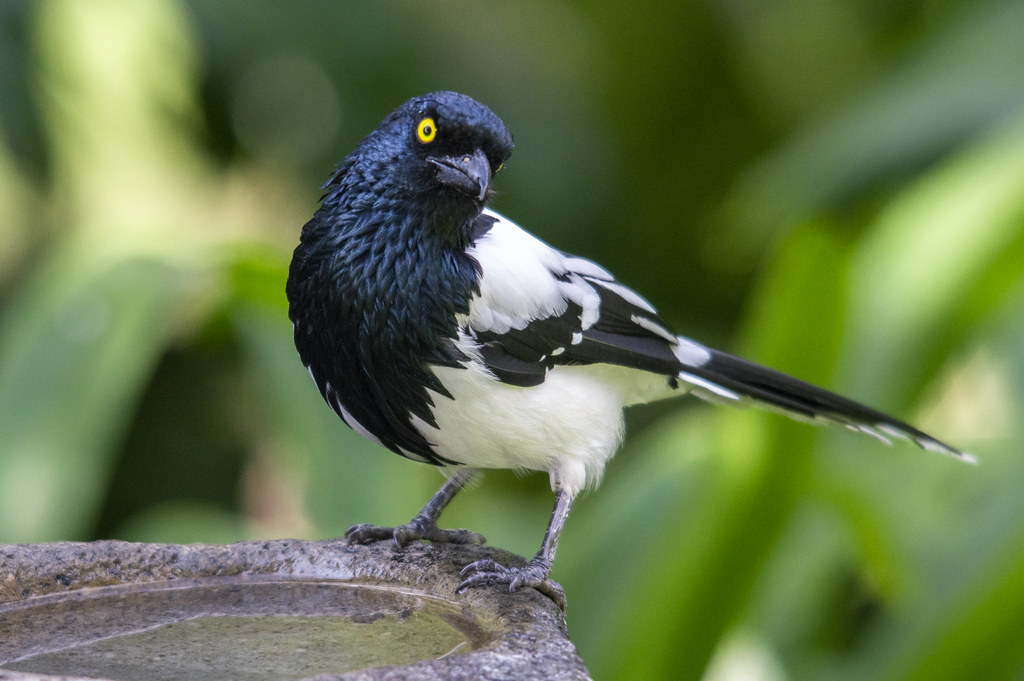
The Magpie Tanager, scientifically known as Cissopis leverian, is named after British physician and ornithologist Charles Leverian. These birds are renowned for their acrobatic flying skills, swiftly darting between trees with impressive agility. Their wings exhibit a blue hue not due to pigment, but rather structural coloration caused by the microscopic structure of their feathers. It has been observed that Magpie Tanagers engage in “anting” behavior, where they rub ants on their feathers, possibly for their antimicrobial properties. They are vocal birds and possess a diverse range of songs and calls. If you wish to attract these beautiful creatures to your garden, there are several steps you can take.
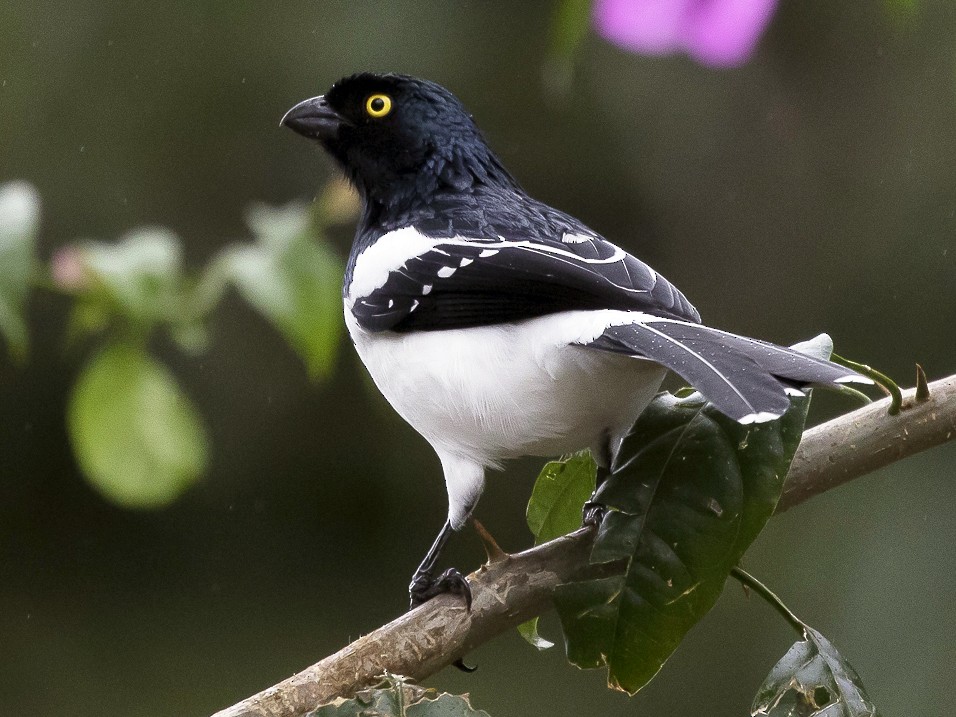
For a more enjoyable experience in observing Magpie Tanagers, try out the following tips: Research their preferred habitats and visit appropriate locations. Use binoculars or a spotting scope to observe their behavior and plumage details. Listen for their unique songs and calls to help locate them. It is important to be patient and avoid sudden movements that may startle the birds. Joining local birdwatching groups or guided tours can provide expert insights.
Magpie Tanagers play a vital role in the pollination of various plant species through their foraging activities. While feeding on nectar, they unknowingly transfer pollen from one flower to another, aiding in fertilization. This mutualistic relationship between the birds and plants ensures the survival and genetic diversity of flowering plants in their ecosystem.
In conclusion, the Magpie Tanager is an extraordinary bird with its captivating appearance, melodious songs, and significant ecological role. Its striking black and white plumage, complemented by a glossy blue sheen on its wings, makes it a sight to behold in the South American forests. Nevertheless, habitat loss and other threats emphasize the need for conservation efforts to safeguard these beautiful birds for future generations to admire.
